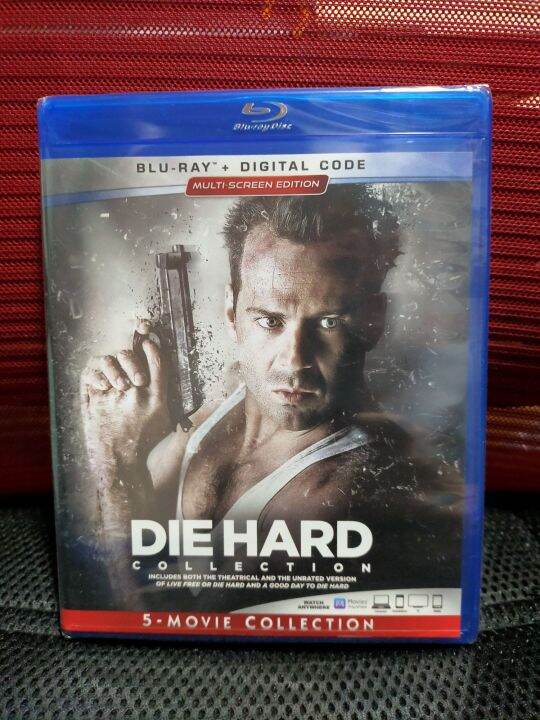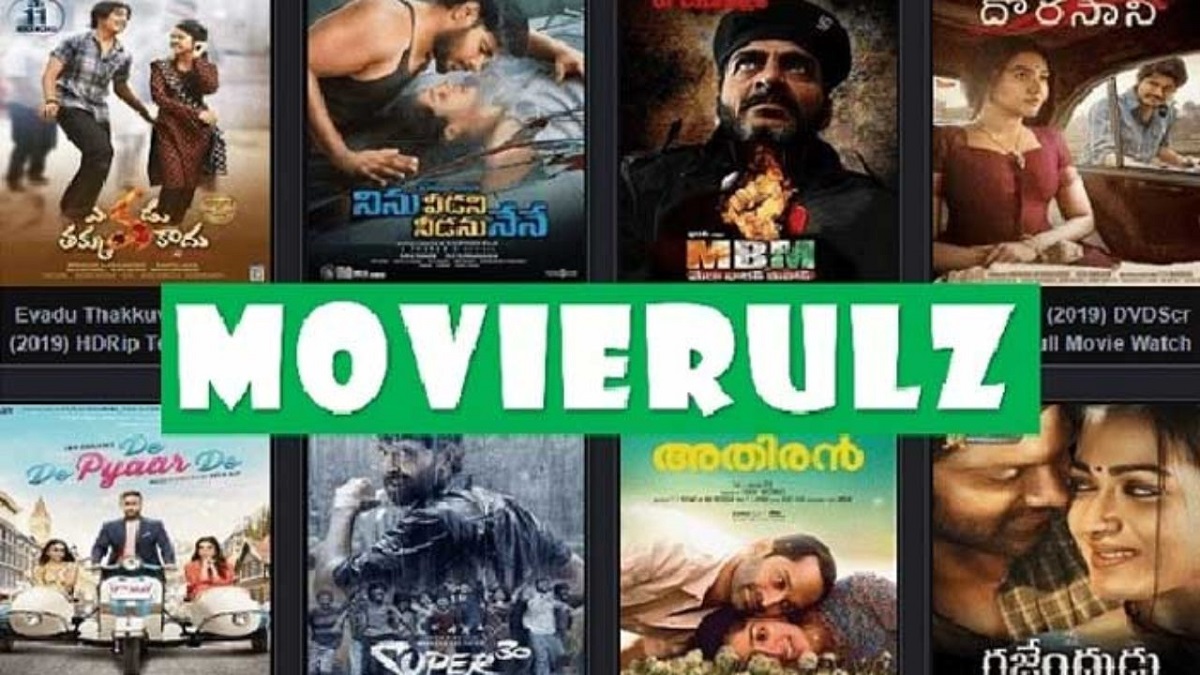There’s something truly magical about movies—they transport us to different worlds, evoke powerful emotions, and leave lasting impressions. But have you ever wondered what makes a great movie stand out? Enter the "5 movie rulez," a set of guiding principles that filmmakers, critics, and enthusiasts swear by when evaluating cinematic masterpieces. These rules aren’t just arbitrary guidelines; they’re time-tested strategies that elevate storytelling, character development, and audience engagement. Whether you're a film buff or someone who simply enjoys watching movies, understanding these rules can transform how you perceive films and deepen your appreciation for the art form.
From blockbuster hits to independent gems, every successful movie adheres to certain fundamentals. The "5 movie rulez" encapsulate these essentials, covering everything from plot structure to visual storytelling. By breaking down each rule, we’ll explore why they matter, how they work, and how filmmakers use them to captivate audiences worldwide. This article isn’t just about learning the rules—it’s about understanding why they exist and how they shape the films we love.
As we dive deeper into this topic, you’ll discover practical examples, expert insights, and actionable tips to enhance your movie-watching experience. So whether you're analyzing a classic film or critiquing the latest release, these rulez will serve as your compass. Let’s embark on this cinematic journey together and uncover the hidden artistry behind the "5 movie rulez."
Read also:Teamhub Garda Revolutionizing Team Collaboration In The Modern Era
Table of Contents
- What Are the 5 Movie Rulez?
- Why Are These Rulez Important?
- How Does Plot Structure Fit Into the Rulez?
- Can Characters Make or Break a Movie?
- What Role Does Visual Storytelling Play?
- The Importance of Emotional Resonance
- Is There a Place for Originality?
- Practical Tips for Applying the 5 Movie Rulez
- Frequently Asked Questions
- Conclusion
What Are the 5 Movie Rulez?
Before we delve into the intricacies of each rule, let’s define what the "5 movie rulez" actually entail. At their core, these rulez represent the foundational elements that make a movie memorable and impactful. They cover key aspects such as plot structure, character development, visual storytelling, emotional resonance, and originality. While some might argue that rules in art are meant to be broken, the "5 movie rulez" provide a framework that helps filmmakers create cohesive and engaging narratives.
Plot structure, for instance, ensures that the story unfolds in a logical and satisfying manner. Characters drive the narrative forward, making the audience care about what happens next. Visual storytelling adds depth and meaning through cinematography and design. Emotional resonance connects viewers to the story on a personal level, while originality keeps the movie fresh and exciting. Together, these rulez form the backbone of successful filmmaking.
Breaking Down Each Rule
Let’s take a closer look at each rule:
- Rule 1: Plot Structure – A well-crafted plot keeps the audience hooked from beginning to end.
- Rule 2: Character Development – Memorable characters are the heart of any great film.
- Rule 3: Visual Storytelling – Stunning visuals enhance the narrative and leave a lasting impression.
- Rule 4: Emotional Resonance – Films that evoke genuine emotions resonate with audiences long after the credits roll.
- Rule 5: Originality – Unique ideas and perspectives set a movie apart from the rest.
These rulez aren’t rigid laws but rather guiding principles that encourage creativity and excellence in filmmaking. Now that we’ve outlined them, let’s explore why they matter so much.
Why Are These Rulez Important?
In today’s competitive entertainment landscape, standing out is crucial. The "5 movie rulez" help filmmakers craft movies that not only entertain but also leave a lasting impact. By focusing on plot structure, character development, visual storytelling, emotional resonance, and originality, filmmakers can create works that resonate with diverse audiences across cultures and generations.
Take, for example, a film like Parasite. Its intricate plot structure, complex characters, and striking visuals combined to create a cinematic masterpiece that won multiple Academy Awards. Similarly, movies like Forrest Gump and Avatar succeeded because they balanced emotional depth with innovative storytelling techniques. These films remind us that adhering to the "5 movie rulez" doesn’t stifle creativity—it amplifies it.
Read also:Javier Bardems Son The Rising Star In The Spotlight
How Do the Rulez Apply to Different Genres?
Whether it’s a romantic comedy, a sci-fi epic, or a horror thriller, the "5 movie rulez" apply universally. In a romantic comedy, for instance, emotional resonance might manifest as heartfelt moments between the protagonists. In a sci-fi film, originality could come from groundbreaking special effects or thought-provoking themes. By tailoring these rulez to fit the genre, filmmakers can craft movies that feel authentic and engaging.
How Does Plot Structure Fit Into the Rulez?
Plot structure is the backbone of any movie. It provides the framework that holds the entire narrative together. A strong plot structure ensures that the story unfolds logically, with a clear beginning, middle, and end. This doesn’t mean the plot has to follow a predictable formula—far from it. Instead, it should guide the audience through the story in a way that feels natural and satisfying.
Consider the classic three-act structure: setup, confrontation, and resolution. Many successful films adhere to this structure while still offering unique twists. For example, Inception plays with the concept of time and reality, yet its plot remains grounded in a clear structure that keeps viewers engaged. Similarly, Pulp Fiction reimagines traditional plot structure by presenting events out of chronological order, proving that innovation within structure can lead to groundbreaking results.
Key Elements of Plot Structure
Here are some key elements to consider when crafting a movie’s plot:
- Inciting Incident – The event that sets the story in motion.
- Conflict – The central challenge or obstacle the protagonist must overcome.
- Climax – The most intense moment of the story, where the conflict reaches its peak.
- Resolution – How the story concludes and ties up loose ends.
By paying attention to these elements, filmmakers can create plots that captivate audiences and keep them invested in the story.
Can Characters Make or Break a Movie?
Absolutely! Characters are the soul of any movie. Without compelling characters, even the most dazzling visuals and intricate plots can fall flat. Audiences connect with characters on an emotional level, rooting for their successes and empathizing with their struggles. When done well, characters become unforgettable icons of cinema.
Think about iconic characters like Indiana Jones, Darth Vader, or Ellen Ripley. Each of them is multidimensional, with distinct personalities, motivations, and arcs. Their journeys resonate with viewers because they feel authentic and relatable, even in fantastical settings. By investing in character development, filmmakers can create movies that leave a lasting impression.
What Traits Define Memorable Characters?
Memorable characters share several traits:
- Relatability – Even in fantastical worlds, characters should have qualities that resonate with real-life experiences.
- Complexity – Characters with flaws, contradictions, and growth arcs are more engaging than one-dimensional archetypes.
- Uniqueness – Standout traits or quirks make characters memorable and distinguishable.
By focusing on these traits, filmmakers can create characters that audiences will remember long after the movie ends.
What Role Does Visual Storytelling Play?
Visual storytelling is a powerful tool in filmmaking. It uses cinematography, lighting, color palettes, and special effects to convey meaning and enhance the narrative. While dialogue and plot are essential, visuals can communicate emotions, themes, and subtext without saying a word. This makes them particularly effective in creating immersive experiences.
Take, for example, the sweeping landscapes of The Revenant or the vibrant colors of Mad Max: Fury Road. Both films use visual storytelling to enhance their narratives, drawing viewers into their respective worlds. Whether it’s through breathtaking scenery, innovative camera angles, or cutting-edge special effects, visual storytelling adds layers of depth to a movie.
Tips for Effective Visual Storytelling
To master visual storytelling, filmmakers can:
- Use Composition – Arrange elements within the frame to guide the viewer’s eye and emphasize key details.
- Leverage Color – Choose color palettes that align with the film’s tone and themes.
- Experiment with Camera Angles – Different angles can evoke different emotions and perspectives.
By incorporating these techniques, filmmakers can create visually stunning movies that enhance the overall viewing experience.
The Importance of Emotional Resonance
Emotional resonance is what separates a good movie from a great one. It’s the ability to evoke genuine emotions in the audience, whether it’s laughter, tears, fear, or joy. When a movie resonates emotionally, it stays with viewers long after the credits roll. This connection is what makes cinema such a powerful medium.
Films like The Shawshank Redemption and Schindler’s List succeed because they tap into universal emotions and experiences. They remind us of the power of hope, resilience, and humanity. By prioritizing emotional resonance, filmmakers can create movies that leave a lasting impact.
Ways to Enhance Emotional Resonance
To enhance emotional resonance, filmmakers can:
- Develop Relatable Themes – Focus on universal topics like love, loss, identity, and redemption.
- Use Music and Sound Design – Music and sound effects can amplify emotional moments and create atmosphere.
- Show, Don’t Tell – Allow emotions to unfold naturally through actions and visuals rather than relying solely on dialogue.
By incorporating these strategies, filmmakers can craft movies that resonate deeply with audiences.
Is There a Place for Originality?
Originality is the spice of cinema. While adherence to the "5 movie rulez" ensures quality and coherence, originality brings freshness and excitement. A truly original movie challenges conventions, explores new ideas, and offers fresh perspectives. It’s what makes cinema an ever-evolving art form.
Films like Get Out and Pan’s Labyrinth prove that originality can coexist with the "5 movie rulez." Both movies adhere to strong plot structures, feature compelling characters, and employ stunning visuals, yet they offer unique twists that set them apart. By embracing originality, filmmakers can push boundaries and redefine what’s possible in cinema.
How Can Filmmakers Foster Originality?
Filmmakers can foster originality by:
- Exploring New Genres – Combining genres or subverting tropes can lead to innovative storytelling.
- Embracing Diverse Voices – Including perspectives from underrepresented communities enriches the narrative.
- Experimenting with Techniques – Trying out new technologies or unconventional methods can yield surprising results.
By taking risks and thinking outside the box, filmmakers can create movies that stand


